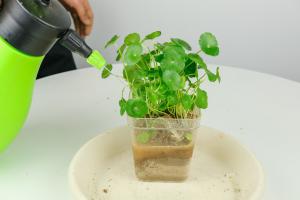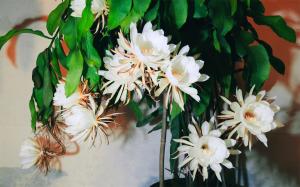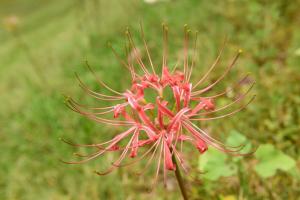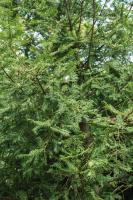1、 Breeding environment
1. Pot soil: it is best to use loose and breathable soil for raising small banyan bonsai, which can be mixed with rotten leaf soil, garden soil and sand
2. Watering: watering should not be too much. If it is wet, it can not be watered. If watering is too much, the root will rot or die due to ponding
3. Light: it's best to keep it in a place with sufficient light and ventilation. It likes sunshine. If there is insufficient light in normal time, it will lead to yellow leaves or leaf loss. However, in midsummer, it should be properly shaded and not directly exposed to the hot sun
4. Fertilization: the amount of fertilization should be appropriate. In winter, the amount of fertilization should be reduced, or the fertilization can be suspended directly. During fertilization, the fertilizer should be applied into the basin soil without splashing on the leaves. After fertilization, it should be watered in time. Usually, the fertilization is mainly nitrogen, phosphorus and potassium fertilizer

2、 Breeding method
Grafting and propagation: it is generally carried out in early spring. The scion should retain 1-2 leaves and lateral buds. After inserting it into the rootstock, tie it tightly with plastic strips. After grafting, cut the rootstock, reserve 20 cm long branches at the interface, and cut off the tender shoots

3、 Common diseases and insect pests
If the small banyan bonsai is often in a stuffy and stuffy growth environment, it is prone to scale insects. After discovery, it should be cleaned with a brush in time. In serious cases, it should buy drugs for prevention and control. Its roots will also have root rot due to bacteria. It should be checked without damaging the roots, cut off the rotten roots and prevent them with chemicals


 how many times do yo...
how many times do yo... how many planted tre...
how many planted tre... how many pine trees ...
how many pine trees ... how many pecan trees...
how many pecan trees... how many plants comp...
how many plants comp... how many plants can ...
how many plants can ... how many plants and ...
how many plants and ... how many pepper plan...
how many pepper plan...
































